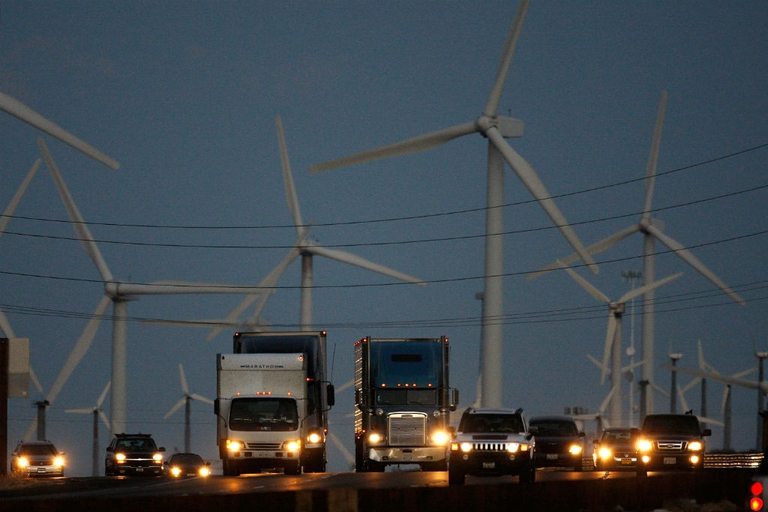
A group of experts in Tokyo suggested pouring radioactive water from Fukushima into the open sea. A marine biochemist explains the consequences of this absurd decision.
San Diego is a US city in Southern California, the last you come across before the border with Mexico. However, it’s likely to become the first – and the largest – US city to meet its 100 per cent renewable energy goal. The city council has recently signed unanimously the Climate Action Plan. The
San Diego is a US city in Southern California, the last you come across before the border with Mexico. However, it’s likely to become the first – and the largest – US city to meet its 100 per cent renewable energy goal. The city council has recently signed unanimously the Climate Action Plan.
The Republican mayor (despite the declarations of presidential candidate Donald Trump) approved the plan with the precise aim of using 100 per cent renewable energy and halving emissions by 2035.
“San Diego took a landmark step toward securing a greener and more prosperous future,” mayor Faulconer said in a statement. “We’ve done something remarkable, bringing business and environmental interests together in a bipartisan manner to support a cleaner community and a stronger economy.”
The plan involves a series of policies to make the city greener. The project will “help create new jobs in the renewable energy industry, improve public health and air quality, conserve water, more efficiently use existing resources, increase clean energy production, improve quality of life and save taxpayer money”. It’s a plan to develop renewables, reduce waste and boost electric mobility.
San Diego’s decision is really meaningful as it is made by a political camp that has always denied climate change and accused the “environmental” choices of the government, while economically supporting detractors, sceptics and oil giants.
Siamo anche su WhatsApp. Segui il canale ufficiale LifeGate per restare aggiornata, aggiornato sulle ultime notizie e sulle nostre attività.
![]()
Quest'opera è distribuita con Licenza Creative Commons Attribuzione - Non commerciale - Non opere derivate 4.0 Internazionale.
A group of experts in Tokyo suggested pouring radioactive water from Fukushima into the open sea. A marine biochemist explains the consequences of this absurd decision.
A federal court in Washington, D.C. has struck down the Dakota Access Pipeline, following years of campaigning by the Standing Rock Sioux tribe.
The Scottish island of Eigg is self-sufficient for its energy needs, relying almost entirely on renewable sources, especially thanks to a coordinated community effort.
President Magufuli in unmovable in going ahead with the Stiegler’s Gorge dam despite conservationists’ warnings of the damage it will cause the Selous Game Reserve’s ecosystem and wildlife.
A large dam along the Luangwa River in Zambia would have posed a serious risk to local people and wildlife, leading hundreds of thousands to oppose it. A call to which the government responded by halting plans to build it.
The first one megawatt solar power plant in the Chernobyl exclusion zone has become operational. This is the first step in a renewable energy development project promoted by the Ukrainian government in the area.
A tanker exploded at a gas and petrol station in Nigeria’s Nasarawa state on the 10th of September, killing 35 people and leaving some burned beyond recognition; 3 citizens had several spine and brain injuries, 2 of them are still on Intesive Care Units. Fela Habila , a local singer, is now stable and out of danger but
The largest tidal power plant in the world will be built in the Larantuka Straits. It will serve 100,000 people and help overcome some of the challenges of energy provision in Indonesia.
Robben Island’s solar energy micro-grid project will produce almost one million kilowatt hours of electricity annually, significantly reducing the cost and impact of buying diesel.









